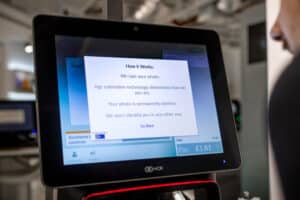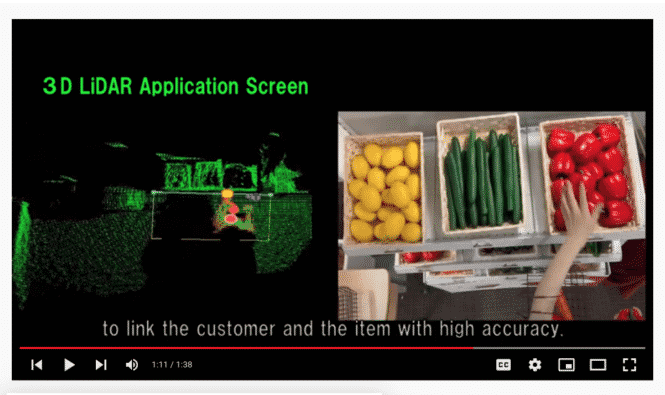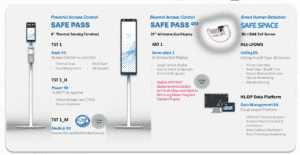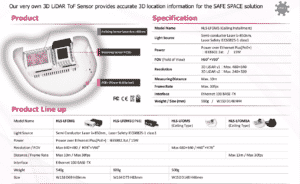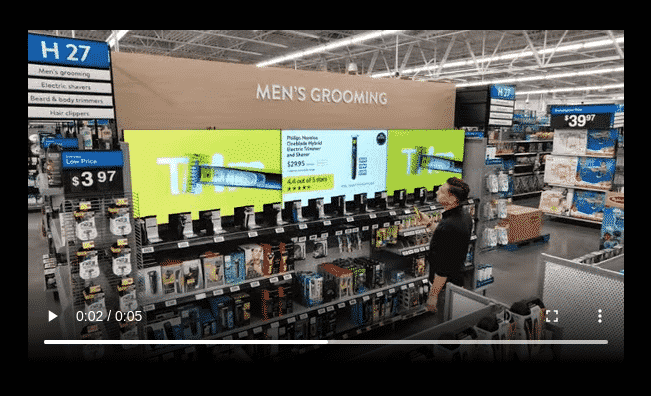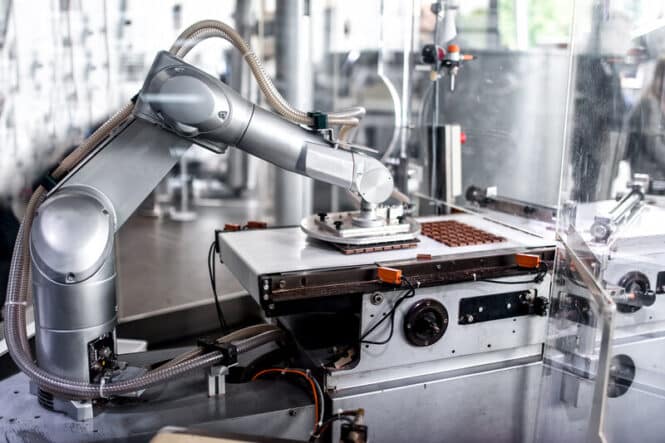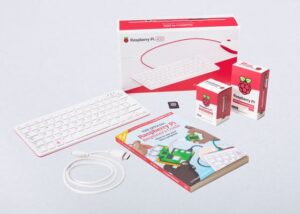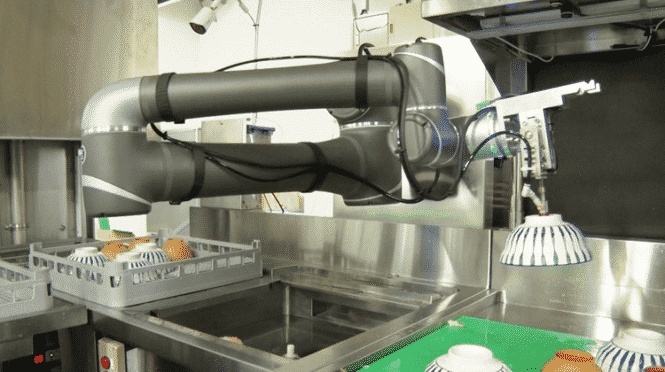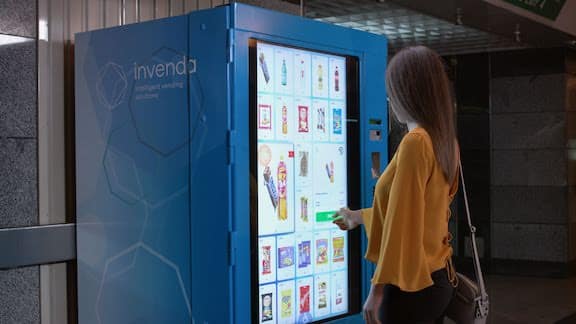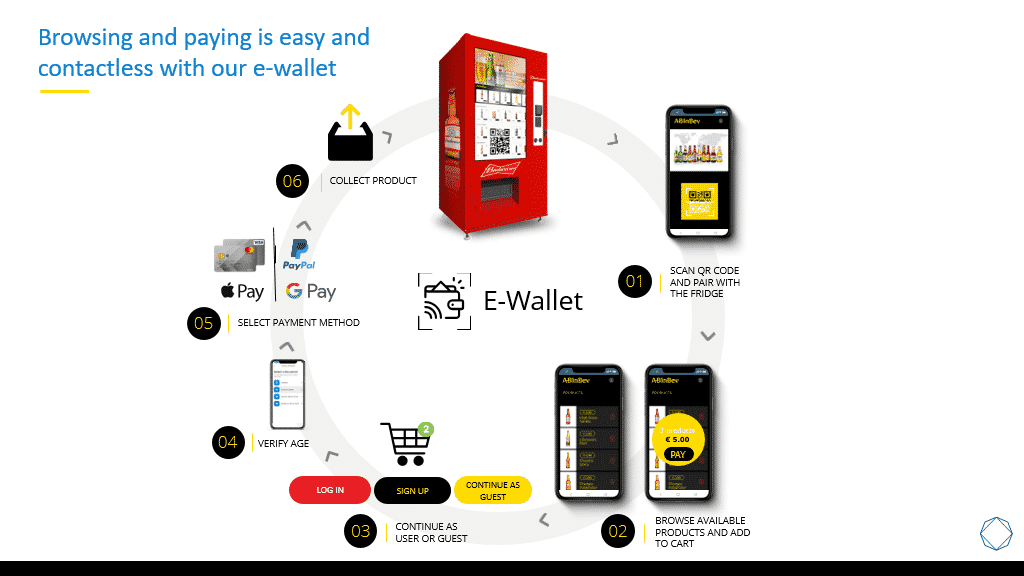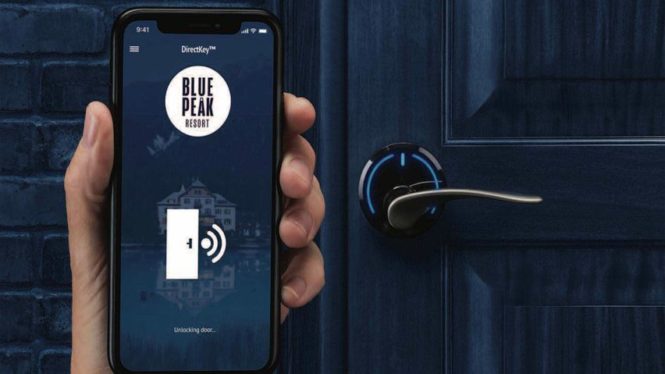
A couple of developments in Age Verify using Facial Analysis and specifically Yoti platform. All in the UK. NCR involved. From Prolific North Feb 3, 2022
UK Home Office Approves trial of age verification for sale of alcohol in shops.
In Brief
- Will run alongside human checks, the tech will be used to help retailers stop selling alcohol to anyone underage.
- ICU age verification technology by Innovative
- Convenience stores test pilots
- Age estimation via facial — According to tests by the Age Check Certification Service (ACCS) it underestimates age by only 0.19 years.
- Staff consequences — British Retail Consortium has seen a 76% rise in abuse to staff during the pandemic, citing identity checks as a trigger point.
Excerpt
“We are delighted to be accepted into the UK Government Sandbox scheme and see all our hard work undertaken over the past few months come to fruition,” explained Dr. Andrew O’Brien, ICU Product Manager.
“Our team have liaised with local licensing authorities, local police officers and local councils to ensure our solution (ICU) is both safe, legal and meets the criteria of the scheme. ICU age verification technology will now be piloted in several convenience stores in the Northwest of England, and we will closely monitor our test sites to ensure we support the retailers’ and collate the relevant data throughout the trial.”
From Inews January 18, 2022
Aldi starts using facial age estimation tech to sell alcohol in new no-checkout supermarket
German-owned firm becomes first supermarket chain in UK to trial Yoti’s AI device that estimates customers’ ages
In Brief
- First of several grocery stores that will use this technology. Pretty lengthy article going thru it all.
- While Yoti would not be drawn on the exact participating retailers, Yoti is partners with NCR, an American company that manufactures self-checkouts used by Tesco, Sainsbury’s, Asda and Morrisons, among others.
- Same platform used by the NHS
- Customers who do not want to use Aldi’s app will still be able to purchase restricted items with the help of a member of staff.
Excerpt
Facial analysis – which is not the same as facial recognition – is just one of the technologies retailers could adopt more widely to crack down on aggression and abuse directed at human staff, as refusing underage customers alcohol is an often-cited reason for threats and abuse, according to the British Retail Consortium.
More Posts

